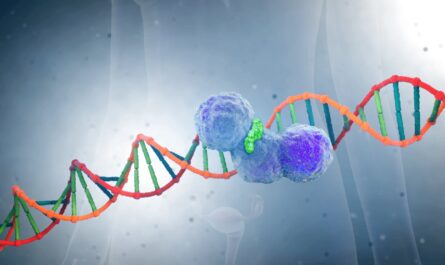Introduction:
Cardiac biomarkers and heart disease
The human heart works tirelessly every day to pump blood throughout the body. When the heart muscle is damaged or stressed, it releases specific proteins called cardiac biomarkers into the bloodstream. Measuring the level of these biomarkers in the blood can help doctors detect and diagnose conditions affecting the heart. In this article, we will explore some of the most important cardiac biomarkers and what they can indicate about heart health.
Cardiac Troponin: Marker of heart muscle damage
One of the most significant cardiac biomarkers is cardiac troponin. There are three regulatory proteins that make up troponin – troponin I, T and C. When the heart muscle is injured, such as during a heart attack, troponin proteins leak out of damaged heart cells and into the bloodstream. Elevated troponin levels are highly specific to damage of the heart muscle (myocardium). Troponin levels typically rise 3-12 hours after the start of a heart attack and can remain elevated for up to 2 weeks. Doctors use troponin tests to diagnose Acute Myocardial Infarction (AMI) or heart attack. Persistently elevated troponin levels also indicate ongoing heart damage from conditions like myocarditis or heart failure. Due to its high sensitivity and specificity, cardiac troponin is now considered the gold standard biomarker for detecting acute myocardial injury and infarction when clinical symptoms are present.
CK-MB: An earlier marker of heart attacks
Before the advent of highly sensitive troponin assays, CK-MB was a commonly used marker for diagnosing heart attacks. CK-MB, or creatine kinase-MB, is an enzyme found predominately in the heart muscle. When the heart is injured, CK-MB leaks into the bloodstream where it can be detected. CK-MB rises faster than troponin after a heart attack, typically within 3-6 hours, but returns to normal more quickly as well within 1-3 days. While still sometimes used as an adjunct to troponin, CK-MB is no longer routinely recommended on its own due to its lower sensitivity and specificity compared to troponin tests. However, it can provide useful early information about myocardial injury before troponin rises.
BNP and NT-proBNP: Indicators of heart failure
B-type natriuretic peptide (BNP) and its precursor N-terminal proBNP (NT-proBNP) are peptide hormones release by the ventricles of the heart in response to excess fluid buildup and pressure overload. Elevated levels of BNP and NT-proBNP can indicate possible congestive heart failure or left ventricular dysfunction. BNP and NT-proBNP levels rise when the ventricles of the heart are stretched due to conditions like high blood pressure, heart attack damage, valve disease or cardiomyopathy. BNP and NT-proBNP testing helps doctors diagnose, monitor and guide treatment for heart failure. These biomarkers have also shown promise in detecting pre-clinical heart dysfunction before symptoms appear.
Myoglobin: An early marker similar to CK-MB
Like CK-MB, myoglobin is a protein found predominantly in cardiac and skeletal muscles. When heart or muscle injury occurs, myoglobin leaks into the bloodstream where it can be detected relatively early – within 1-3 hours of the start of a heart attack. Peak levels occur earlier than troponin at 3-6 hours and return to normal within 24-36 hours after injury. Myoglobin analysis provides limited clinical value today since it lacks heart specificity. However, in combination with CK-MB or when troponin assays are not immediately available, measuring myoglobin can help identify possible AMI in its earliest stages before troponin rises.
Emerging biomarkers
Research continues into discovering novel cardiac biomarkers that may provide even earlier or more accurate detection of acute coronary syndromes or predict future risks of cardiovascular events. Some promising candidates under investigation include heart-type fatty acid binding protein (H-FABP), ischemia-modified albumin (IMA), heart-type fatty acid binding protein (H-FABP), and growth-differentiation factor-15 (GDF-15). As assays for these proteins are refined, they hold potential to further advance personalized treatment and preventative strategies against heart disease.
Using biomarkers in clinical practice
In summary, interpreting a panel of cardiac biomarkers provides valuable information to cardiologists and other medical professionals. Changes in biomarker levels detected through routine blood tests can help establish diagnoses, guide management decisions and evaluate responses to treatments across broad heart conditions from acute events like heart attacks to chronic issues like heart failure and risks from atherosclerosis. Understanding the dynamics and specificity of individual biomarkers like troponin, CK-MB, myoglobin, BNP and NT-proBNP aids clinical assessment of cardiac status. While newer candidates continue emerging, troponin remains the premier biomarker currently for detecting myocardial injury or necrosis in suspected acute coronary syndromes. Ongoing research strives to realize the full potential of cardiac biomarkers to revolutionize prevention, screening and customized care for heart disease.



